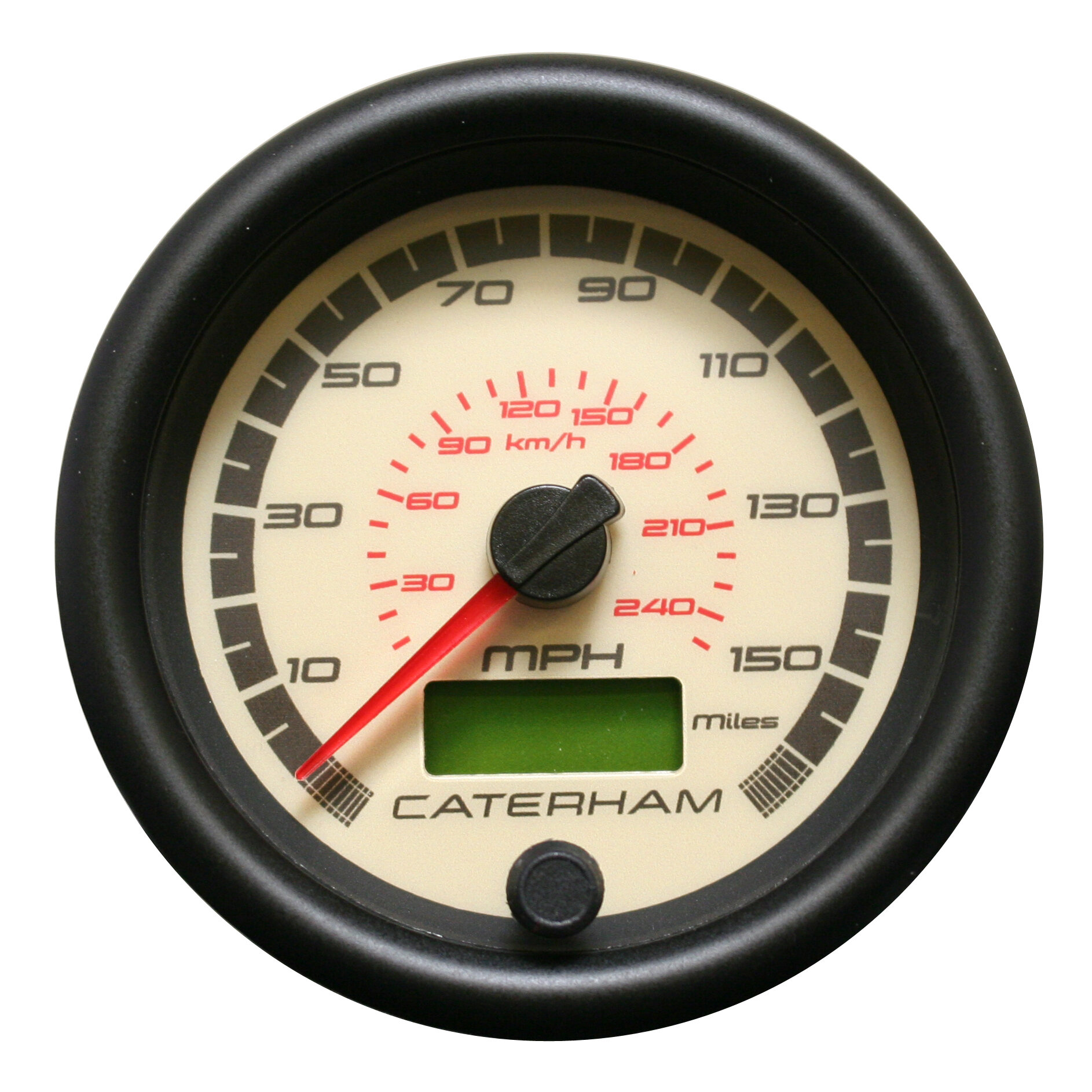Improve Your Driving Experience with a Reliable Tachometer
The Importance of a Tachometer in Keeping An Eye On Engine Speed and Performance in Automotive Applications
In the realm of vehicle design, the tachometer stands as an essential tool in the chauffeur's arsenal, supplying a straight window right into the inner functions of a lorry's engine. Beyond its feature as a mere gauge of changes per minute (RPM), the tachometer offers as an essential device for fanatics and professionals alike, using real-time understandings into engine efficiency and wellness. Understanding the importance of this tool surpasses surface-level observations, diving into the complex partnership between engine speed, power outcome, and general driving experience. As we discover the multifaceted function of the tachometer in vehicle applications, a much deeper appreciation for its effect on automobile characteristics and performance starts to emerge.
Importance of Monitoring Engine RPM
Keeping track of engine RPM, or revolutions per minute, is a crucial aspect of automotive upkeep and efficiency examination. Engine RPM straight correlates with the speed at which the engine's crankshaft rotates, showing just how swiftly the engine is running - tachometer. By keeping an eye on RPM, auto mechanics can evaluate the health of the engine, spot potential issues, and fine-tune efficiency. An irregular RPM reading may signal troubles such as engine misfires, malfunctioning stimulate plugs, or issues with the gas shipment system. Regularly high RPM readings might indicate hostile driving practices or the need for a greater gear change to improve gas effectiveness.
Moreover, keeping an eye on engine RPM is crucial for efficiency examination in auto racing and high-performance cars. In recap, keeping track of engine RPM is not just essential for spotting problems however likewise for maximizing engine efficiency in various automobile applications.

Advantages of Real-Time Information
In automobile applications, real-time data plays a vital duty in giving instantaneous understandings right into the efficiency and condition of the car. By constantly keeping an eye on different specifications such as engine speed, temperature, fuel usage, and much more, real-time data uses many benefits that contribute to enhanced effectiveness and safety when driving.
One substantial benefit of real-time information is its capability to alert drivers and technicians to any kind of abnormalities or problems quickly. This proactive approach makes it possible for fast identification of possible troubles, permitting timely treatments to protect against further damages or malfunctions. Additionally, real-time information helps with performance optimization by providing prompt comments on driving practices and engine efficiency. Vehicle drivers can readjust their habits in real-time based upon this info to achieve far better fuel economy and lengthen the life-span of their car.

Moreover, real-time data plays an essential function in modern automobile diagnostics, making it possible for specialists to promptly diagnose and attend to breakdowns. This leads to minimized downtime, lower upkeep prices, and ultimately, enhanced total vehicle reliability and durability (tachometer). By using the power of real-time data, vehicle stakeholders can make enlightened decisions that positively affect both the efficiency and long life of the vehicle
Influence On Equipment Shifts
The tachometer plays a crucial duty in maximizing equipment shifts by offering real-time engine rate information to the vehicle driver. When coming close to the redline on the tachometer, it signifies the motorist to upshift to stop over-revving the engine and triggering prospective damage.
Moreover, the tachometer aids in attaining smoother gear changes, specifically in hand-operated transmissions. By checking engine speed, chauffeurs can execute equipment changes at the ideal RPM variety, lowering snagging movements and minimizing endure the transmission elements. This precision in gear adjustments not only enhances driving comfort however likewise contributes to fuel efficiency.
Enhancing Gas Effectiveness
Given the critical duty the tachometer plays in enhancing gear shifts for efficiency and engine health and wellness, it directly adds to making best use of gas efficiency in auto applications. By offering real-time comments on engine speed, the tachometer helps chauffeurs in keeping the most reliable RPM range for gas economy. When drivers continually keep an eye on the tachometer and adjust their driving behaviors appropriately, reference they can stay clear of unnecessary gas intake triggered by over-revving or hauling the engine.
Furthermore, the tachometer aids chauffeurs recognize the most fuel-efficient gear to be in at any provided minute, stopping the engine from functioning harder than needed. This is specifically essential throughout acceleration and cruising, where remaining in the right gear can substantially influence fuel efficiency. Furthermore, the tachometer can alert motorists to possible mechanical concerns review that could be negatively impacting gas economic situation, such as a sliding clutch or a stopped up air filter. Finally, the tachometer acts as an important tool in improving gas effectiveness by advertising optimum driving routines and recognizing locations for renovation in the vehicle's performance.

Making Best Use Of Engine Long Life
The tachometer's function in monitoring engine rate and performance is critical in guaranteeing the long life of automobile engines. Checking the tachometer allows vehicle drivers to stay within the suggested RPM range for their car, protecting against unnecessary pressure on the engine and extending its life expectancy.

Final Thought
Finally, the tachometer plays a critical function in monitoring engine rate and efficiency check that in automotive applications. By giving real-time data on RPM, it permits effective equipment shifts, improved gas effectiveness, and made best use of engine durability. This device is vital for keeping optimal engine efficiency and ensuring the overall capability of a vehicle.